The future of creative work: Destined to reap the best parts of the modern and postmodern epochs
Unveiling a new series on the future of creative work, beginning with a meditation on the metamodernist discourse in art and design.

Imagine it’s a hundred years ago, and we find ourselves at the Last Futurist exhibition of Paintings 0,10, on the Field of Mars. We stroll through the halls, absorbing the works of artists, while the faint murmur of conversations about war and the purpose of humanity drifts through the corridors. These conversations blur into one, merging the two topics into a single, haunting discourse. As we continue, we arrive at a room with a sign that reads “Suprematism”. The word is unfamiliar, but something in our intellectual intuition whispers that what lies ahead is something transcendent, something that goes beyond art—a metaphysical and ontological shift. We enter a room filled with the works of Kazimir Malevich, and in the “red corner” we encounter the “Black Square”.
Now, let’s imagine one of us is Alexandre Benois, the art critic, or a devoted admirer of classical art. We might find ourselves recoiling, condemning Malevich’s exhibition as a monstrous blasphemy, with the “Black Square” as a sinister omen of the times. But if we’re avant-gardists, the experience transforms into an exhilarating dialogue about his work’s simultaneous flatness and depth.
Yet, there’s a third perspective to consider. With a degree of familiarity with avant-garde history and an understanding of the cultural and historical context of the early 20th century, we stand here in the 21st century and might conclude that what we see could be a pastiche, an ironic gesture deeply intertwined with a desire to shock and innovate—a creation born from tension and double meanings. The “red corner”, after all, was a feature of traditional Russian homes, but it had little connection to public spaces. We might even dare to consider, with some reservation, that what we’re witnessing is a metamodernist work.
Let’s shift to a more contemporary example. Just two months after its launch in 2022, ChatGPT reached 100 million active users. Across the world, corporate employees in white shirts, startup designers sipping their morning lattes, and photographers with imposing Instagram profiles were feeding simple scripts into the algorithm, awaiting responses—a polished brief, an email structure, a résumé. And the algorithm responded generously, offering decent, sometimes even impressive, quality answers, especially in the most recent version. Fast-forward to the present day (August 2024 at the time of writing), and ChatGPT 4 is growing ever more powerful. But who, then, is the true author of this response? Is it the person who set the algorithm, who defined the meaning? Or is it the mechanism that shaped the content? It seems appropriate to speak of dual authorship, or—more precisely—an oscillation between the two.
But who, then, is the true author of this response? Is it the person who set the algorithm, who defined the meaning? Or is it the mechanism that shaped the content?
Consider this as well: this fall, at Readymag, we’re hosting our first online conference. Its website is designed to look like an interface from an early 2000s internet game, with all the functional elements intact. At the same time, the site has the nostalgic feel of neo-romanticism, yet it remains a website—a place where visitors come to read the lineup and book a ticket. Here, we balance on the edge of product design (user experience) and an art work (aesthetic experience). Even this text, serving as the series intro, also speaks about our product—the conference. So, what is it then: advertising or essay?
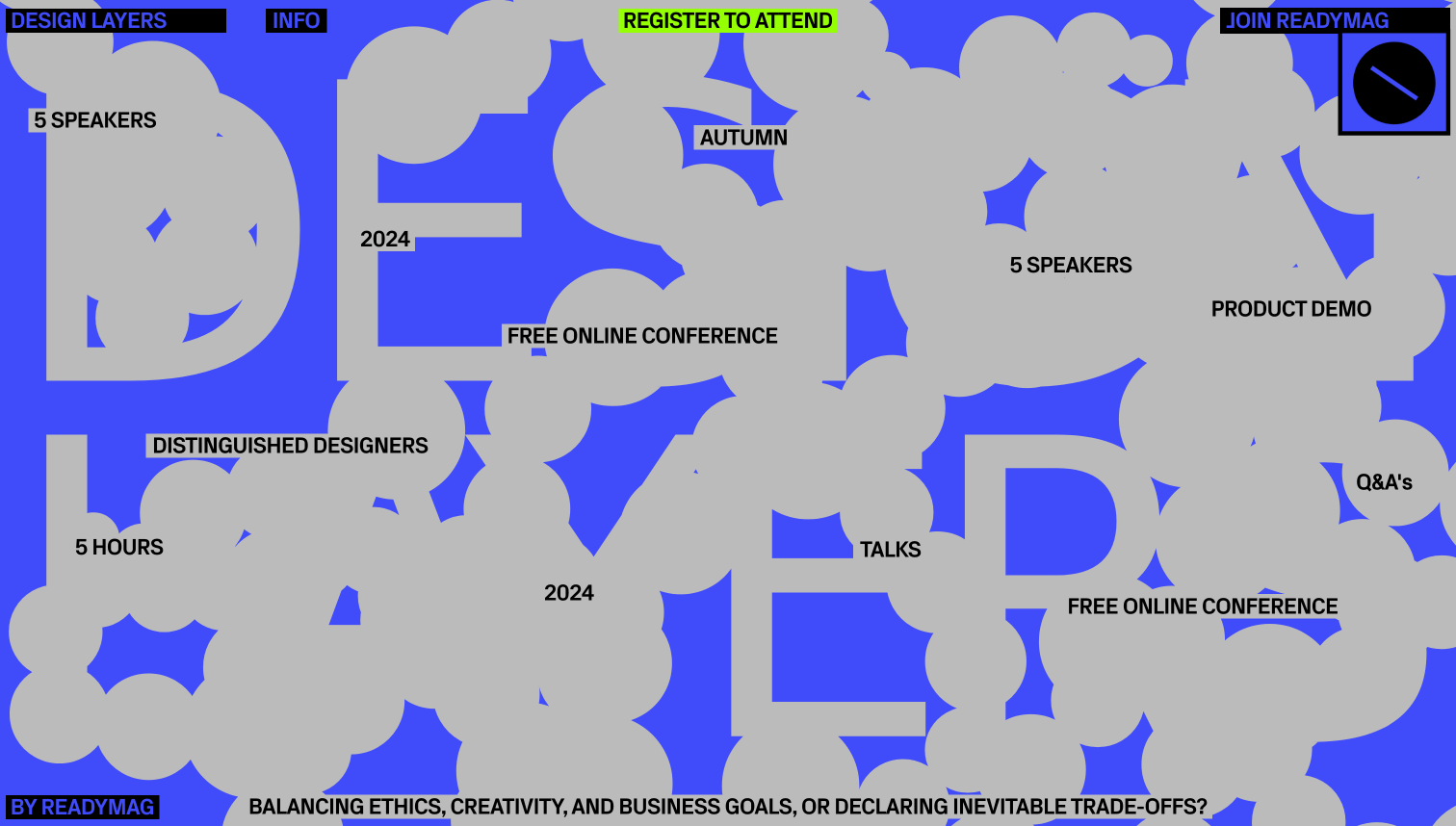
Two months ago, my colleague, Head of Growth marketing Alisa Velieva, released a photobook—a metaphor for an emigrant’s memories of their abandoned homeland. Each illustration is a dense blend of irony and longing for a place that can no longer be returned to, nostalgia for a lost past, and yearning for an impossible future. The photographs on each spread alternate between evoking smiles and phantom pains. So, what are they, then: a reconstruction of the past, or an ironic collection of urban sketches? There is no definitive answer, and perhaps there never will be.
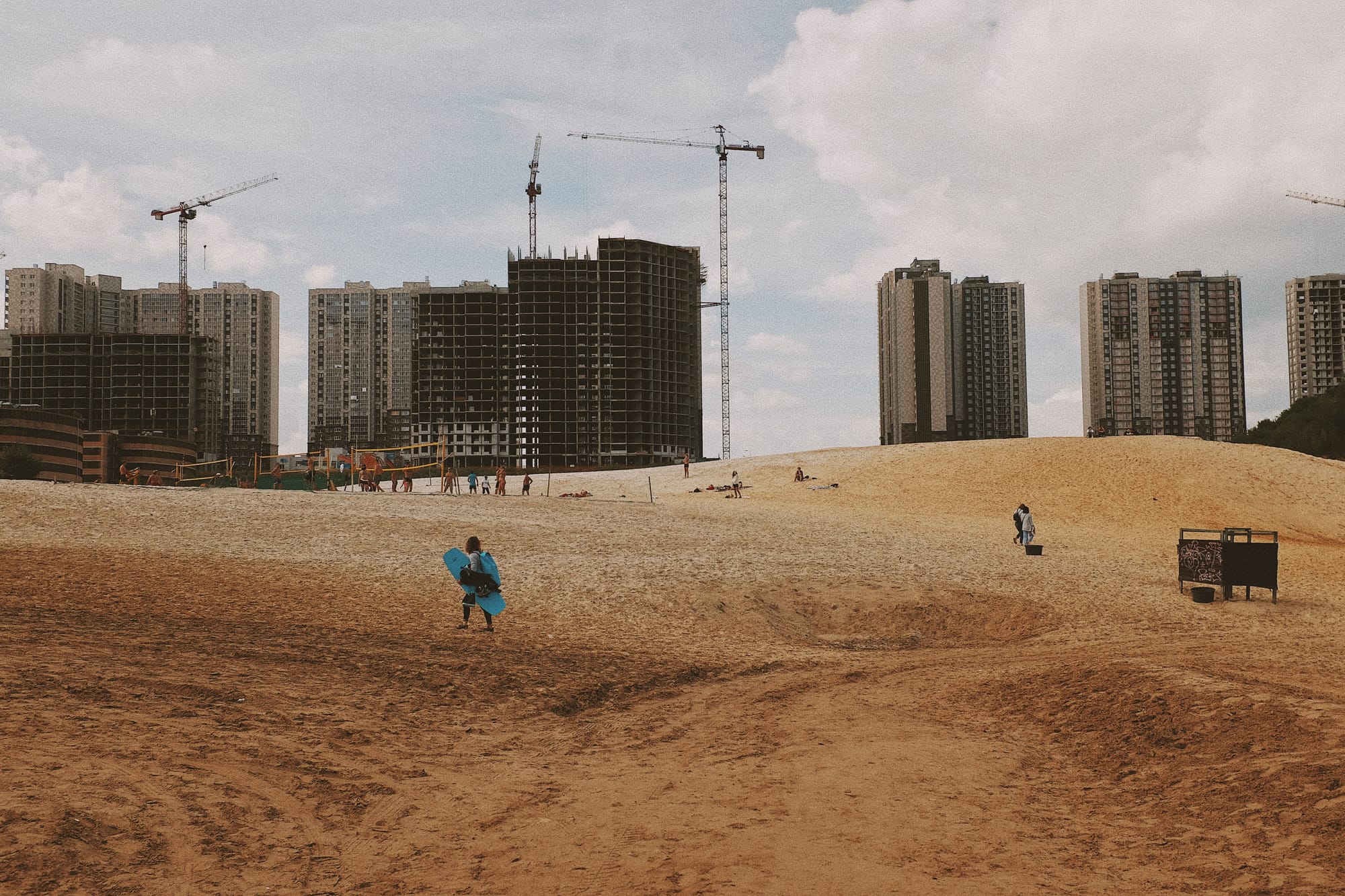
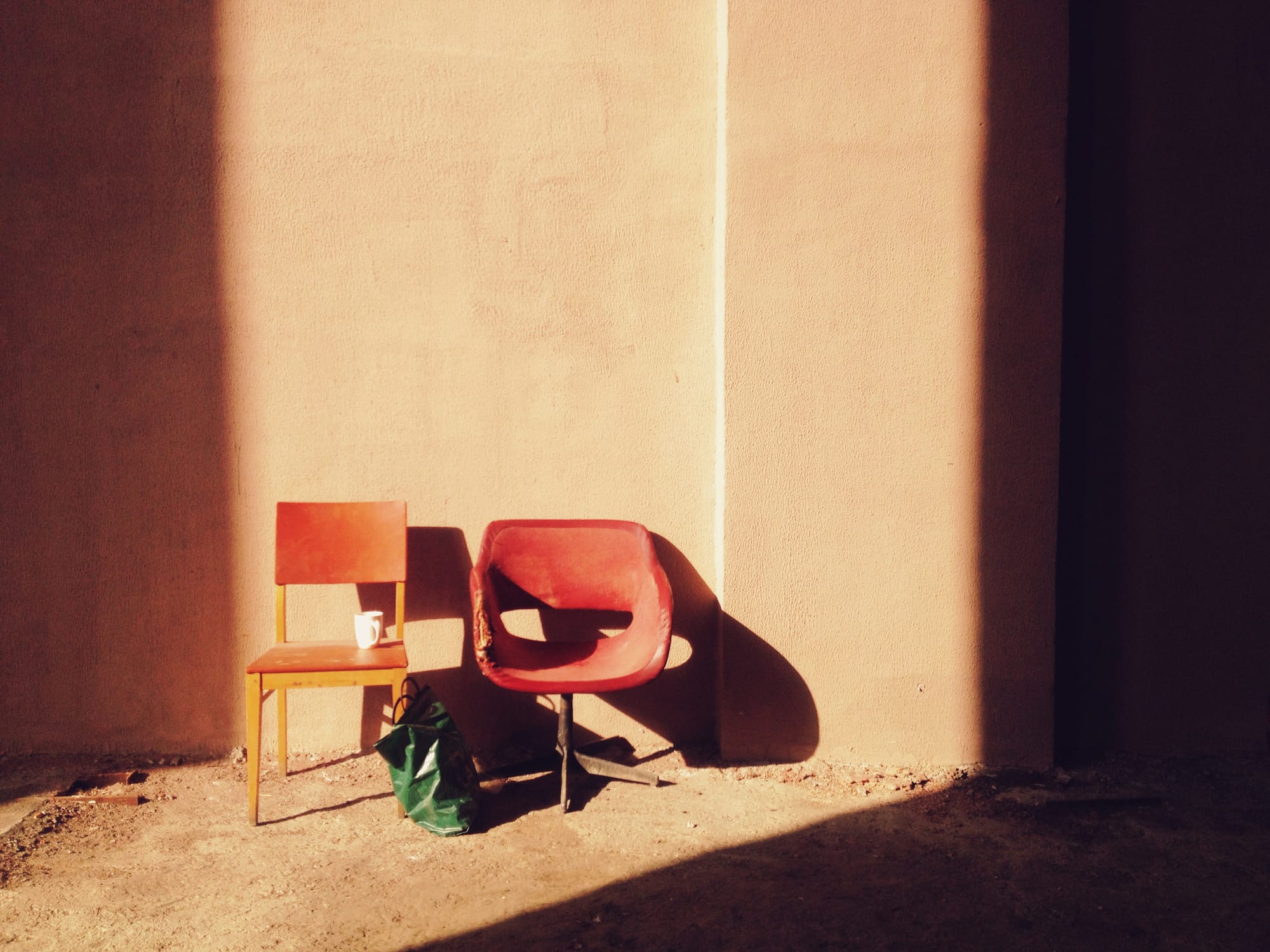
Shots from Neverland by Alisa Velieva
Now, let’s return to 2003 and the 50th Venice Biennale, where Olafur Eliasson’s “The Weather Project” becomes “a milestone in contemporary art”. This site-specific installation used a semi-circular screen, a ceiling of mirrors, and artificial mist to create the illusion of a sun. Aluminium frames lined with mirror foil were suspended from the ceiling to create a giant mirror that visually doubled the hall’s volume. Take a moment to look at it. I’m certain that at some point, visitors lost their sense of reality.
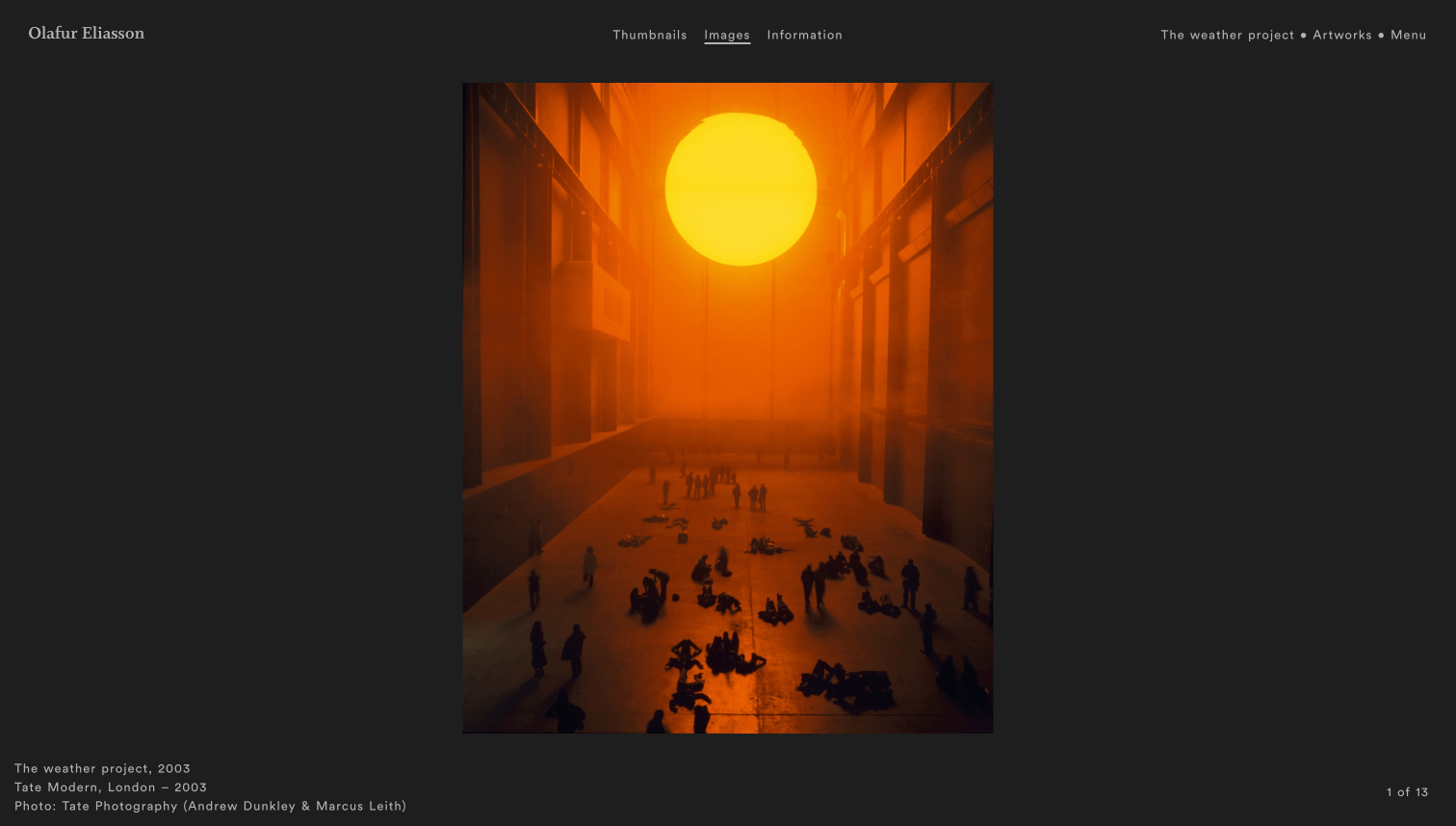
Thus, inspired by modern sincerity yet enlightened by postmodern skepticism, metamodernist discourse willingly surrenders itself to the impossible possibility, as its theorists Timotheus Vermeulen and Robin van den Akker describe. Similarly, contemporary design oscillates between the scientific-poetic synthesis and the informed naivety, existing somewhere in between. It’s both an act of art and pure creativity while remaining a functional tool.

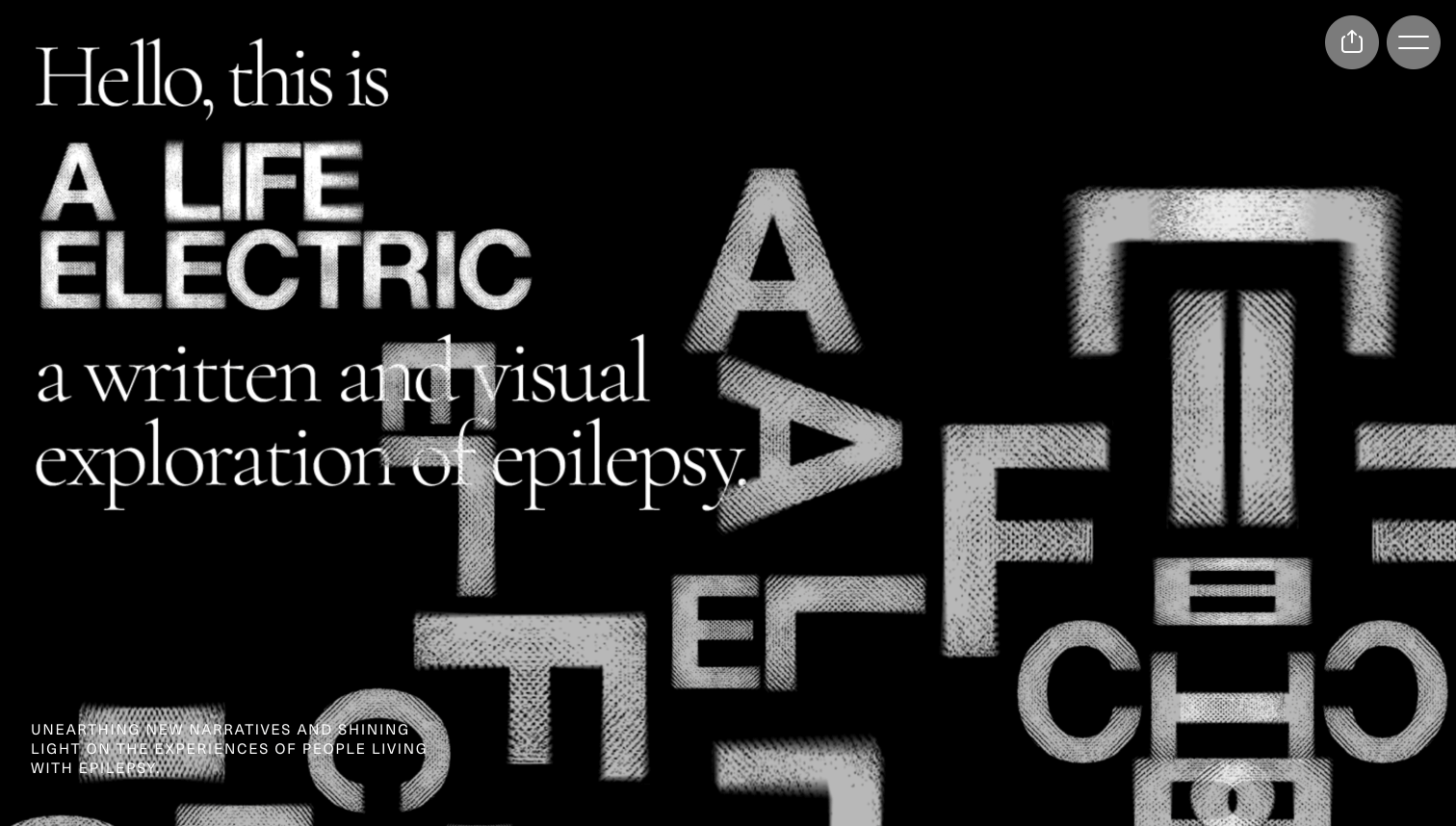
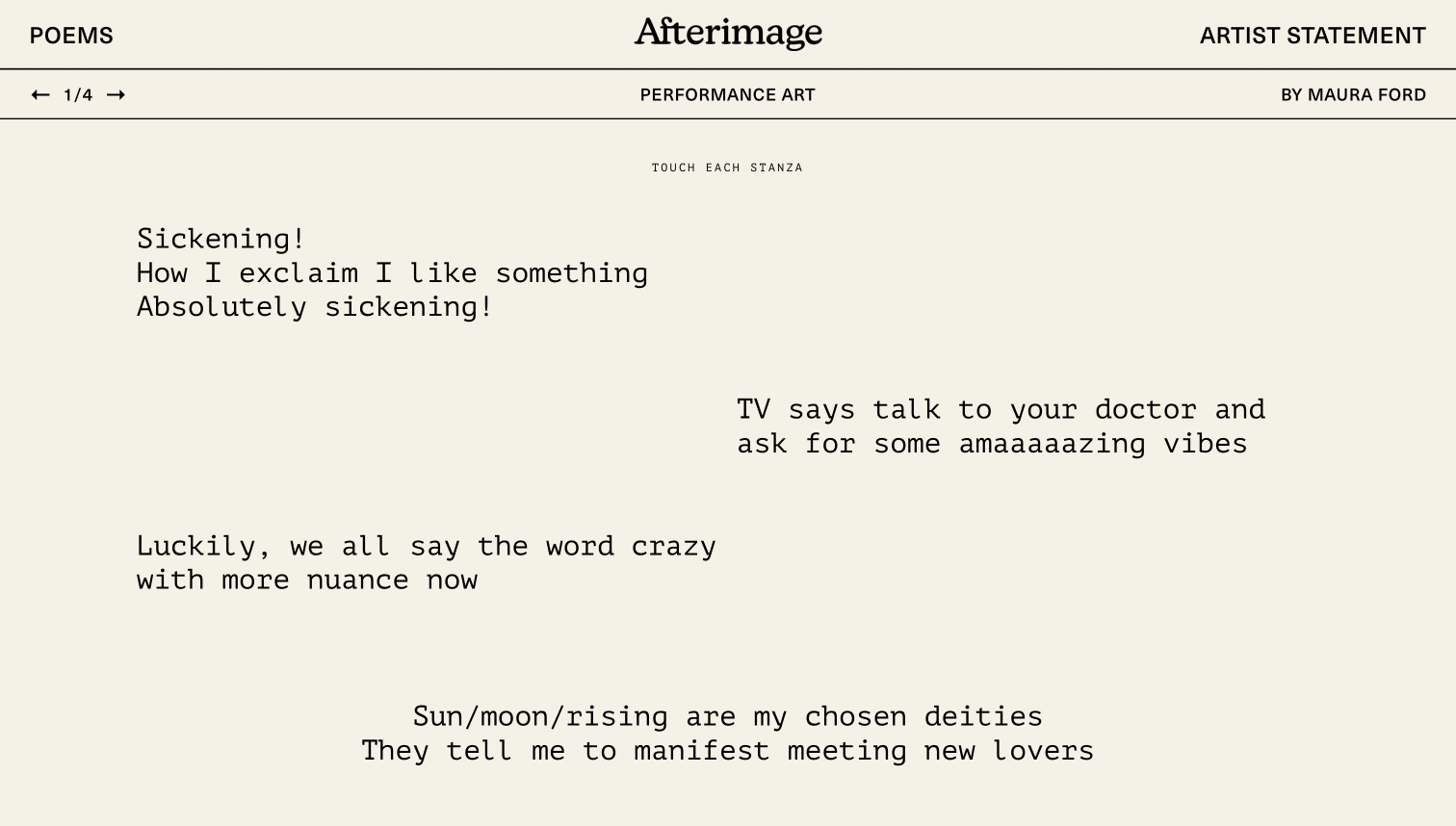
All of these websites, created with Readymag, can confidently be described as normcore. This also reflects how we at Readymag see our product: as a tool for modern web design and, at the same time, a platform that empowers anyone with creative aspirations to express themselves as artists. It seems that all of us are poised to harvest the best of both the modern and postmodern eras. At least, we hope to.
So what will our creative work look like in a future that seems to have already arrived? What awaits us beyond the end of history or the launch of the next version of MidJourney? Will AI replace designers? And what will become of professional—both generalists and specialists? Who among them holds the keys to this ever-receding horizon?
What awaits us beyond the end of history or the launch of the next version of MidJourney?
These are the questions Fraser Morton, director of Far Features, a multimedia documentary production company, and I, Tatyana Kovalchuk, Chief Editor of Readymag, are exploring—and raising—in our new series of articles, The Future of Creative Work.
Stay tuned for the next pieces in September, where we’ll delve into:
—Whether generalists own the future, or if it’s specialists who hold the key.
—Whether storytelling remains essential in the age of AI, or if something else is taking its place.
The Future of Creative Work is a series that envisions the shifting landscape of design work, as it is redefined within the metamodern era. Produced by Readymag in collaboration with Fraser Morton, director of Far Features.